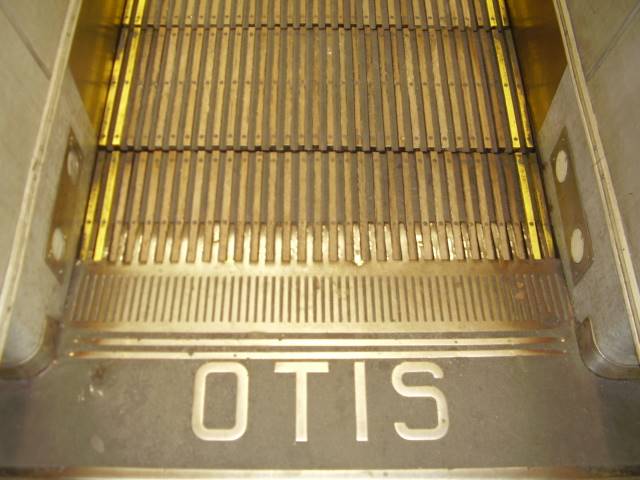Who invented the elevator?
Question "who invented elevator?" can’t be answered with a simple answer. Over the course of human history several inventors devised their own solution for vertical transporting passengers and goods from one place to another. In ancient times there were some instances of elevator use, powered with the use of manpower, animals and water. Most notably those simple elevators were used in the construction of the Egypt’s Pyramids.
First recorded inventor of elevator was Greek mathematician Archimedes who created an elevator based on pulleys and winches. His designs were in use from 1st> century BC all up to 18th century.

First elevator intended only for passenger use was created by the Russian scientist Ivan Kublin in late 18th century. His gear based mechanism was only powerful enough to lift small weights over small distances and only three of his designs were ever installed (two in Russia and one in London). French King Louis XIV also used small elevator to rise from his mansion floor to the balcony. That device was operated by the series of counterweights that would move a char and its passenger over very short distances.
Revolution in elevators technology happened in 1854 when American inventor Elisha Otis started production of his elevator with device that prevented its fall in case of main rope failure. His elevator company soon designed all modern features that are today in use (multiple rope hoists, safe doors, etc), and is currently supplying majority of worlds elevators. Because of his inventions, Elisha Otis is today regarded as the father of elevators.
Two other names must be mentioned in regard of elevator inventions. In 1846 Englishman Sir William Armstrong created first hydraulic crane, based on an idea from Sir William Thompson. German engineer and inventor Werner Von Siemens built a first electric elevator in 1880. Both electric and hydraulic elevators are in wide use today.
